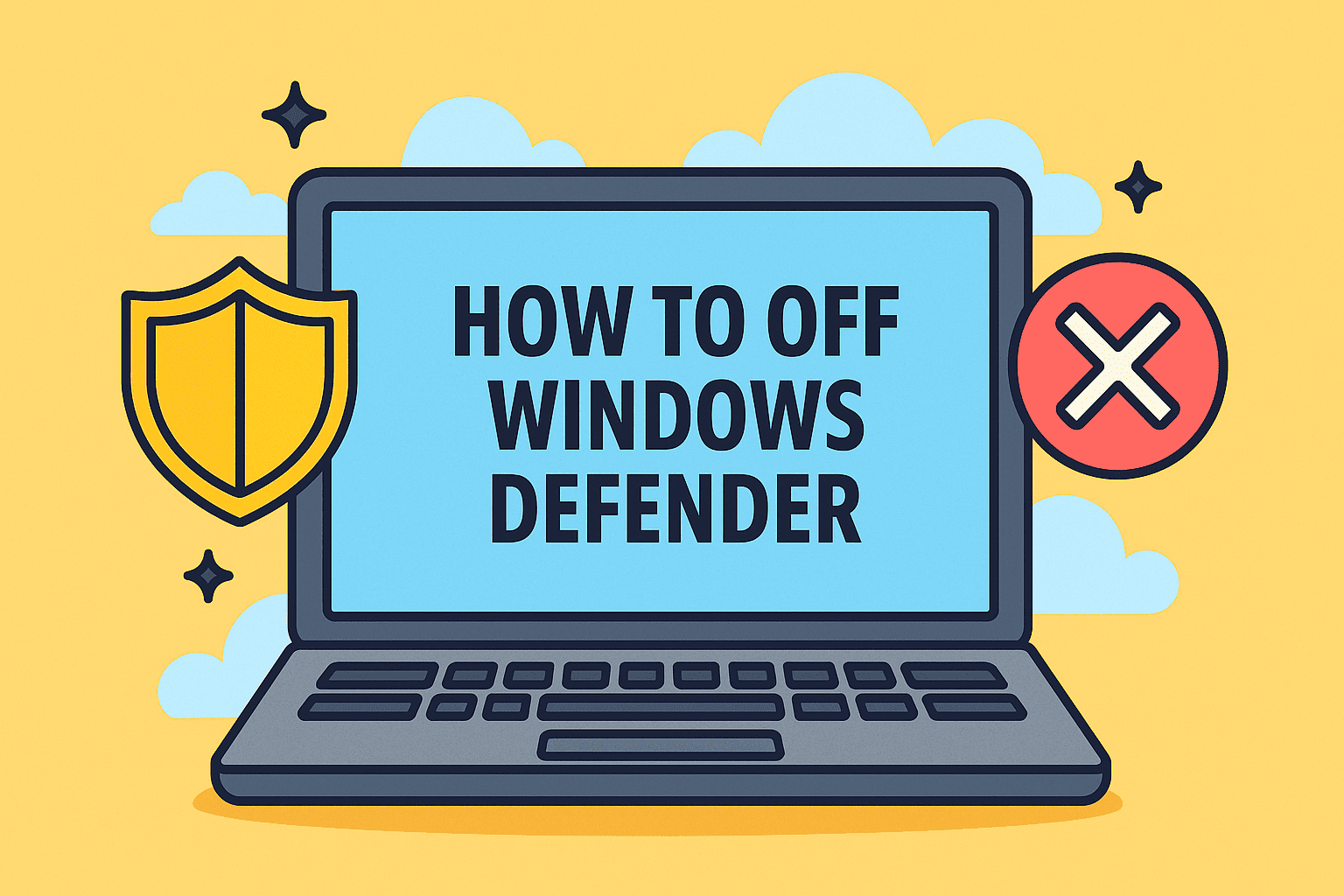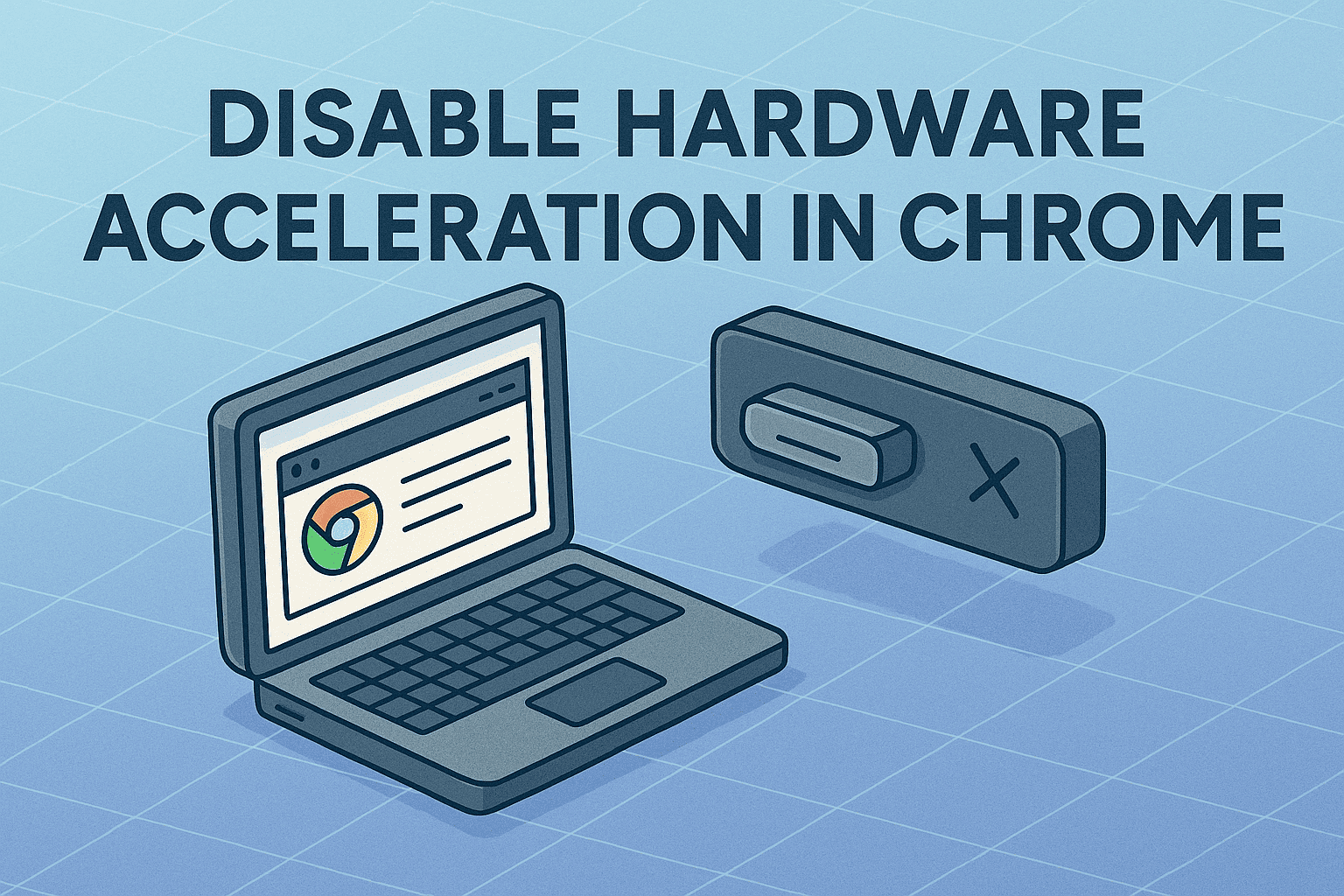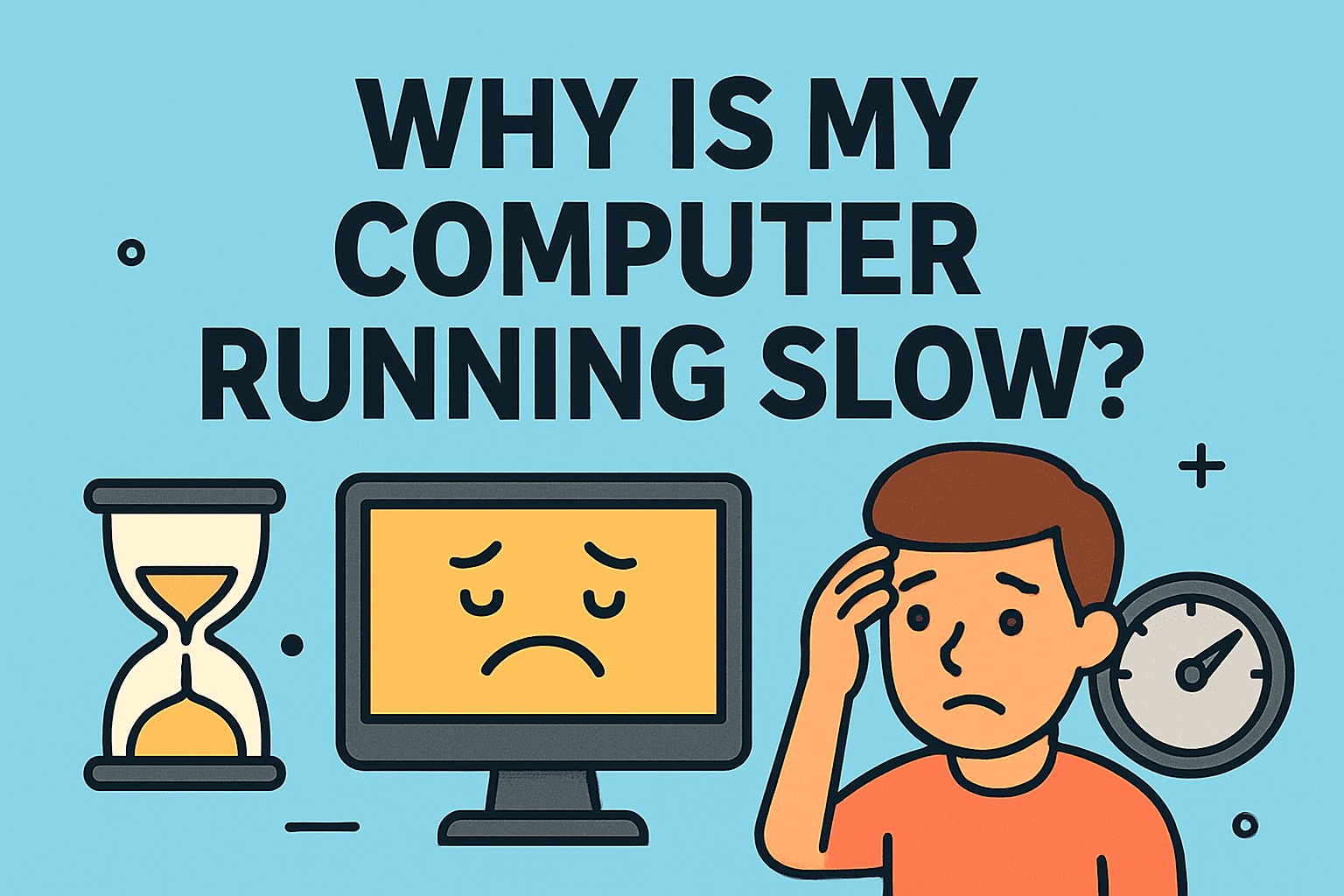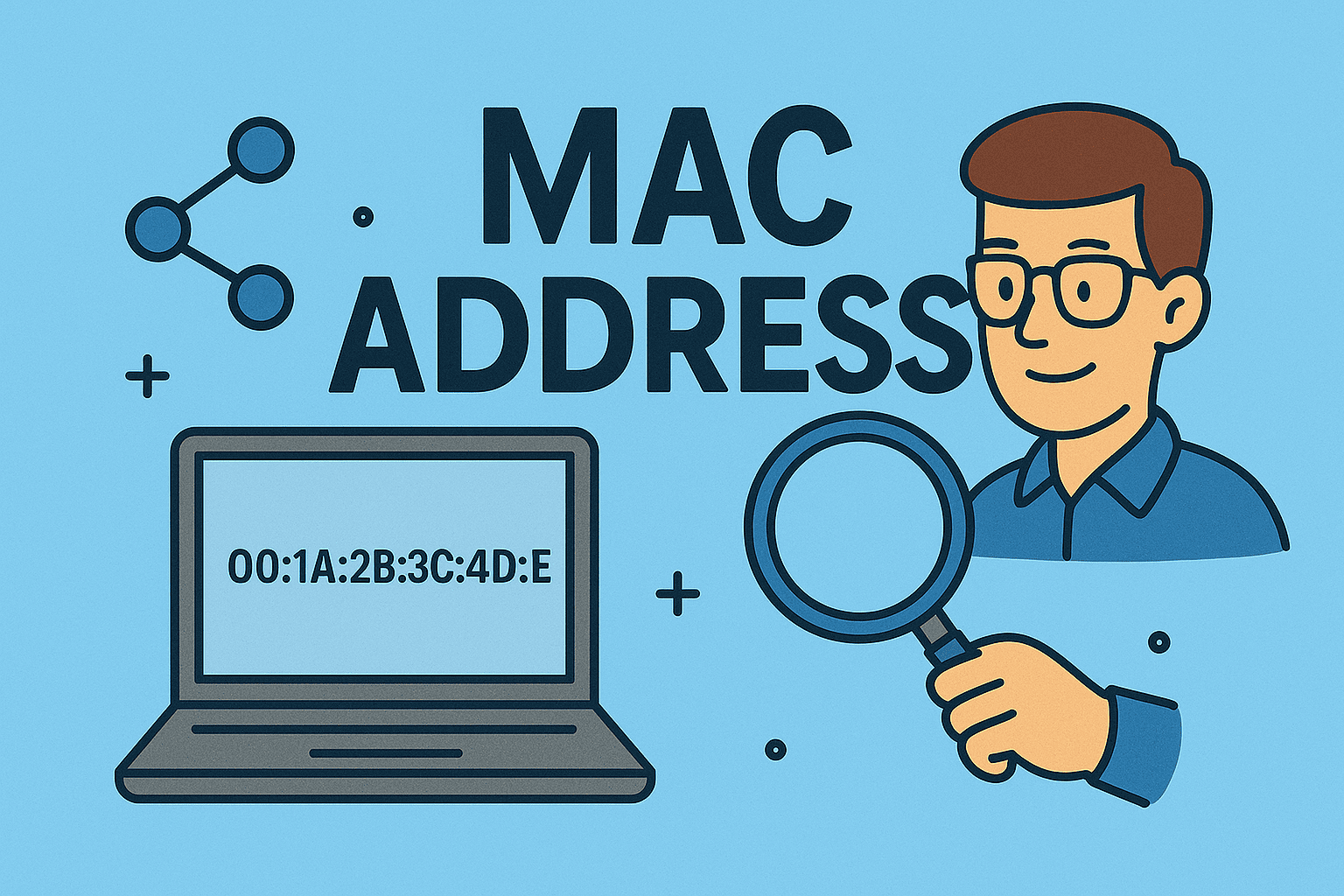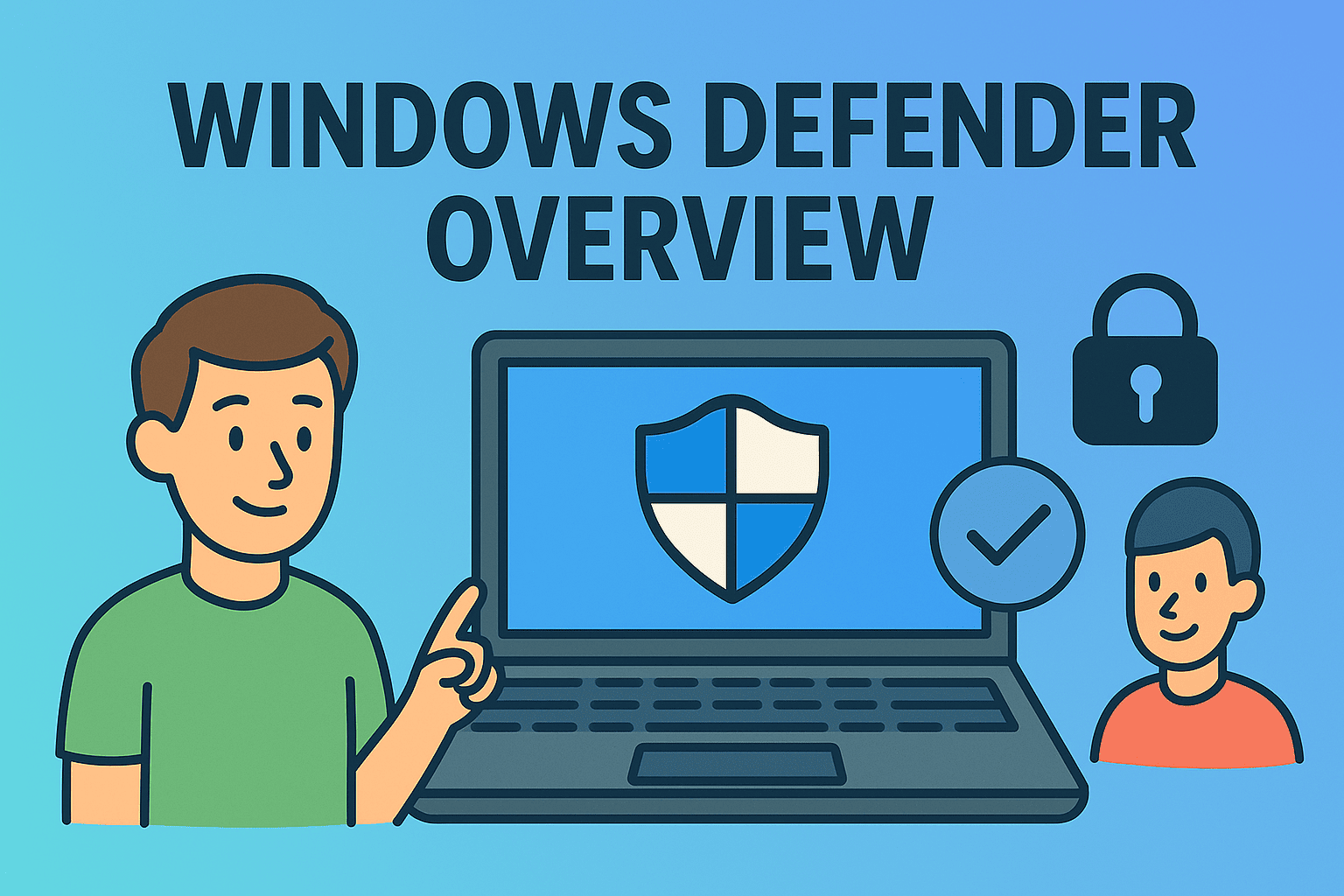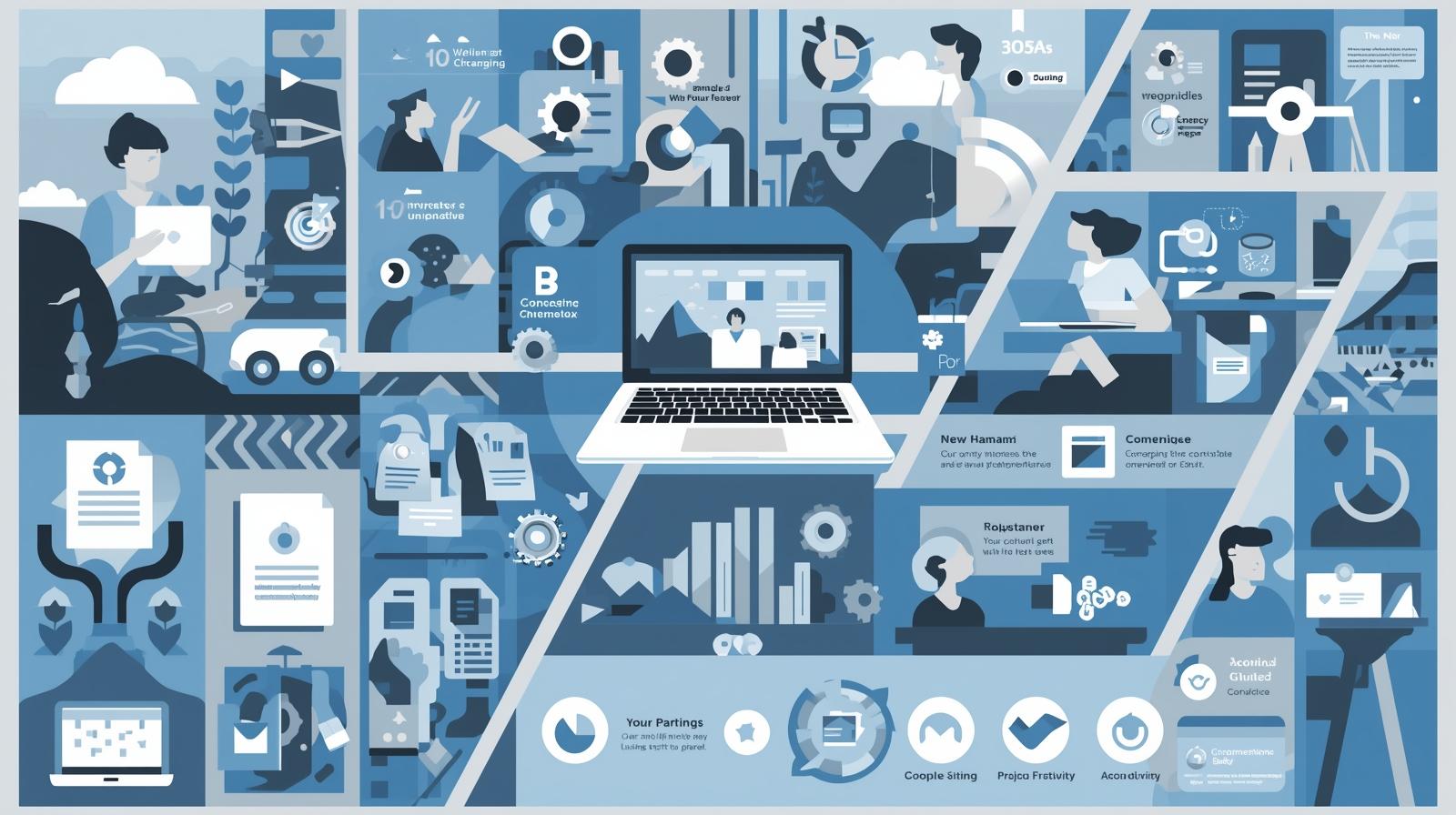Protecting Your Data: The Importance of Updating Safari for Security
Updated on June 23, 2025, by ITarian

Did you know an outdated browser is one of the top security vulnerabilities in a corporate network?
If you’re wondering how to update Safari on Mac, you’re likely doing it for all the right reasons—improved security, enhanced performance, and better compatibility. As a native Apple application, Safari updates are often linked with broader macOS Software Update packages. That’s why understanding the full update flow is essential.
For IT managers, cybersecurity analysts, and C-level executives, keeping Safari updated ensures devices stay compliant with security protocols and compatible with enterprise platforms.
What Happens When Safari Isn’t Updated?
Delaying Safari browser updates can lead to:
- Exposure to known vulnerabilities exploited by malware
- Compatibility issues with modern web apps and internal dashboards
- Increased helpdesk tickets due to login or rendering errors
- Risk of failing compliance audits for regulated industries
🔐 Apple regularly patches Safari with zero-day fixes, making updates a crucial part of your cyber hygiene routine.
How to Update Safari on Mac (Step-by-Step)
Unlike other browsers like Chrome or Firefox, Safari is built into macOS. Here’s how to keep it updated:
Step 1: Open System Preferences on Mac
- Click the Apple menu () at the top-left corner
- Select System Preferences
Step 2: Access Software Update
- In System Preferences, click Software Update
- macOS will check for available updates, including Safari
Step 3: Install Available Updates
- If a Safari update is available, it will be listed
- Click Update Now or Upgrade Now (for major OS upgrades)
✅ Best Practice: Enable “Automatically keep my Mac up to date” to receive Safari updates promptly.
Alternative Methods: macOS App Store (Legacy macOS)
On older macOS versions (before Mojave), you can:
- Open the App Store
- Click the Updates tab
- Find Safari and click Update (if available)
This method is phased out in macOS Mojave (10.14) and newer, where Safari updates moved to macOS Software Update.
Why You Should Care as an IT or Cybersecurity Professional
Keeping Safari updated is not just a best practice—it’s a security requirement. Here’s why:
- Web-based attacks target outdated browser engines
- Safari’s sandboxing and tracking protection features improve with updates
- Corporate web apps (e.g., HR portals, cloud dashboards) often depend on newer browser APIs
- Security compliance standards like ISO 27001 and SOC 2 require timely patch management
Automate Safari Updates Across an Organization
Managing multiple Macs? Here’s how to update Safari across teams or endpoints:
Use These Tools:
- Jamf Pro – Enforce update policies via MDM
- Apple Business Manager – Combine with volume purchasing and deployment
- Terminal + Bash Script – Useful for local scripts in managed environments
- Itarian Endpoint Manager – Full-suite platform to manage patching, access control, and policy compliance
Key Benefits of Keeping Safari Up to Date
- 🛡️ Improved cybersecurity with latest patches
- ⚙️ Enhanced performance with optimized rendering
- 🌐 Better website compatibility
- 📊 Fewer IT support tickets
- ✅ Compliance-ready infrastructure
💡 Bonus: Updated Safari also includes newer privacy controls like Intelligent Tracking Prevention (ITP) and password autofill enhancements.
Frequently Asked Questions (FAQs)
1. Can I update Safari without updating macOS?
Generally, no. Safari is bundled with macOS updates, especially on newer systems. Update macOS to update Safari.
2. Is Safari updated via the App Store?
Only in older versions of macOS. Starting with Mojave, updates are handled via System Preferences > Software Update.
3. How do I check my current Safari version?
Open Safari, click Safari > About Safari in the menu bar.
4. Is it safe to skip a Safari update?
No. Skipping updates increases vulnerability to exploits and can break compatibility with secure websites.
5. How often does Safari get updated?
Safari receives security and compatibility updates alongside regular macOS updates—typically every few weeks to months.
Final Thoughts: Keep Safari Secure, Keep Your Business Protected
Learning how to update Safari on Mac is a simple but essential habit for device security and business continuity. For individuals and enterprises alike, staying on top of updates helps reduce risk, improve browsing speed, and maintain compliance.
Whether you’re a solo founder or an IT leader managing 1,000 endpoints, timely browser updates are a frontline defense against cyber threats.

